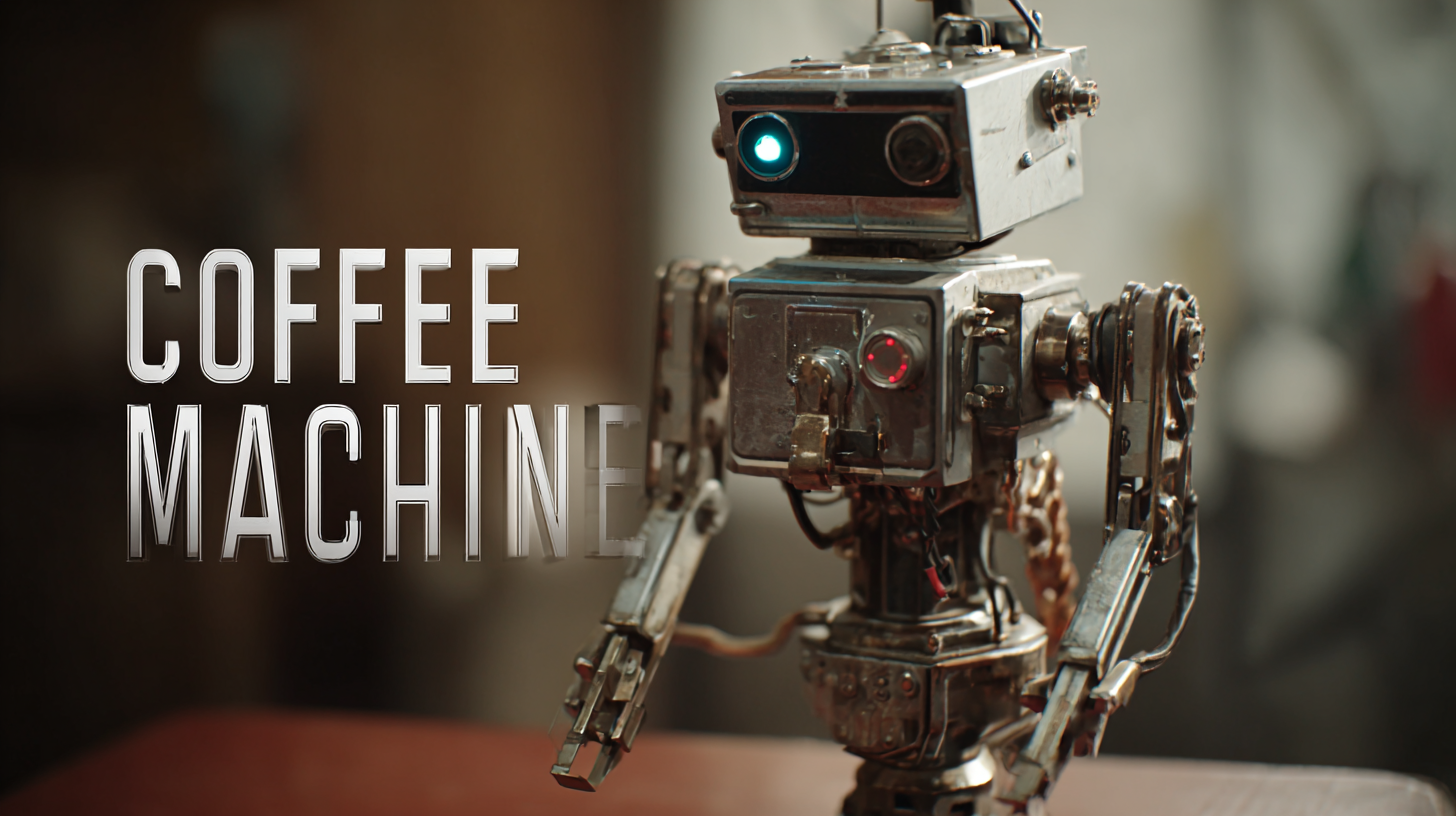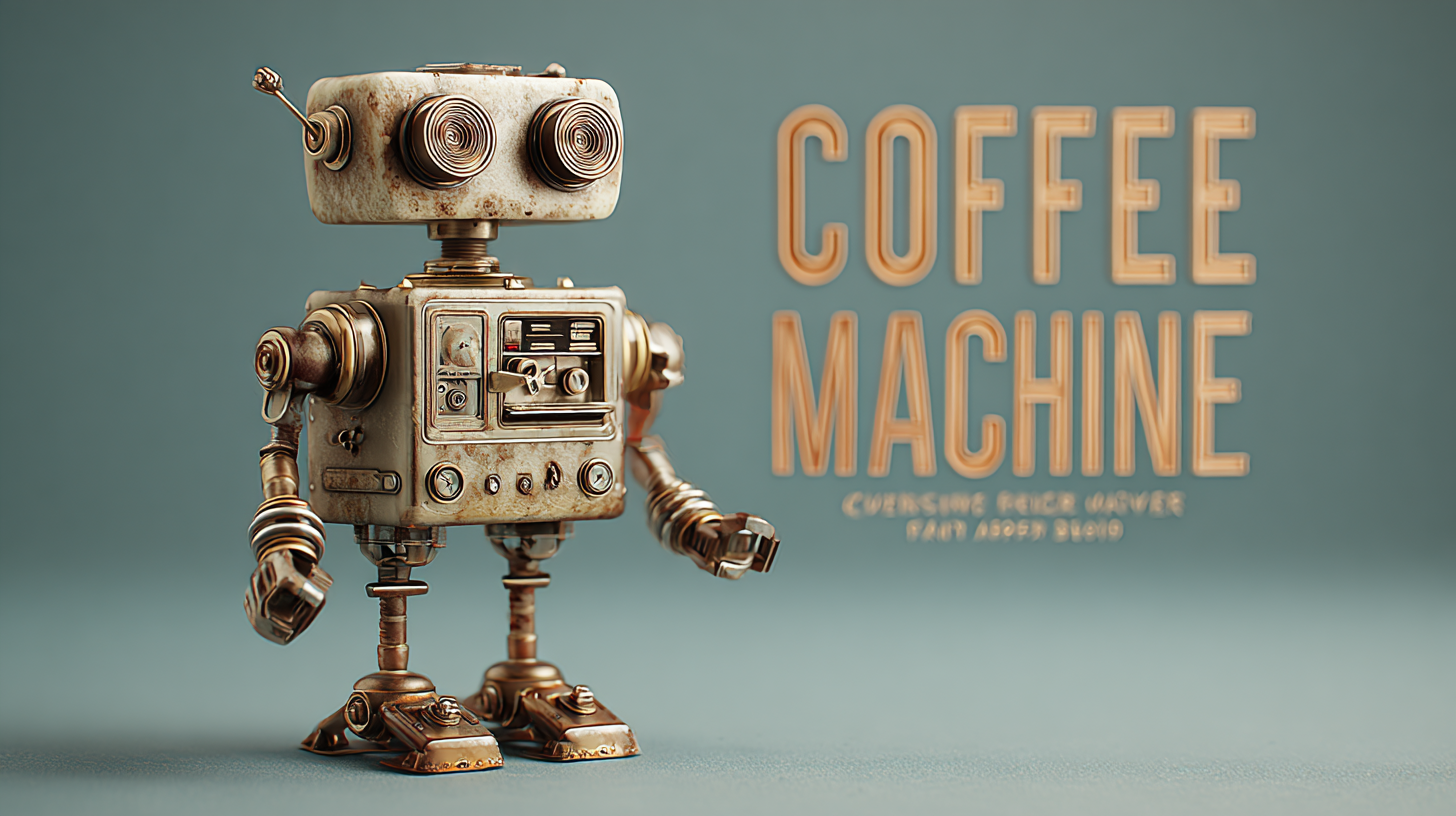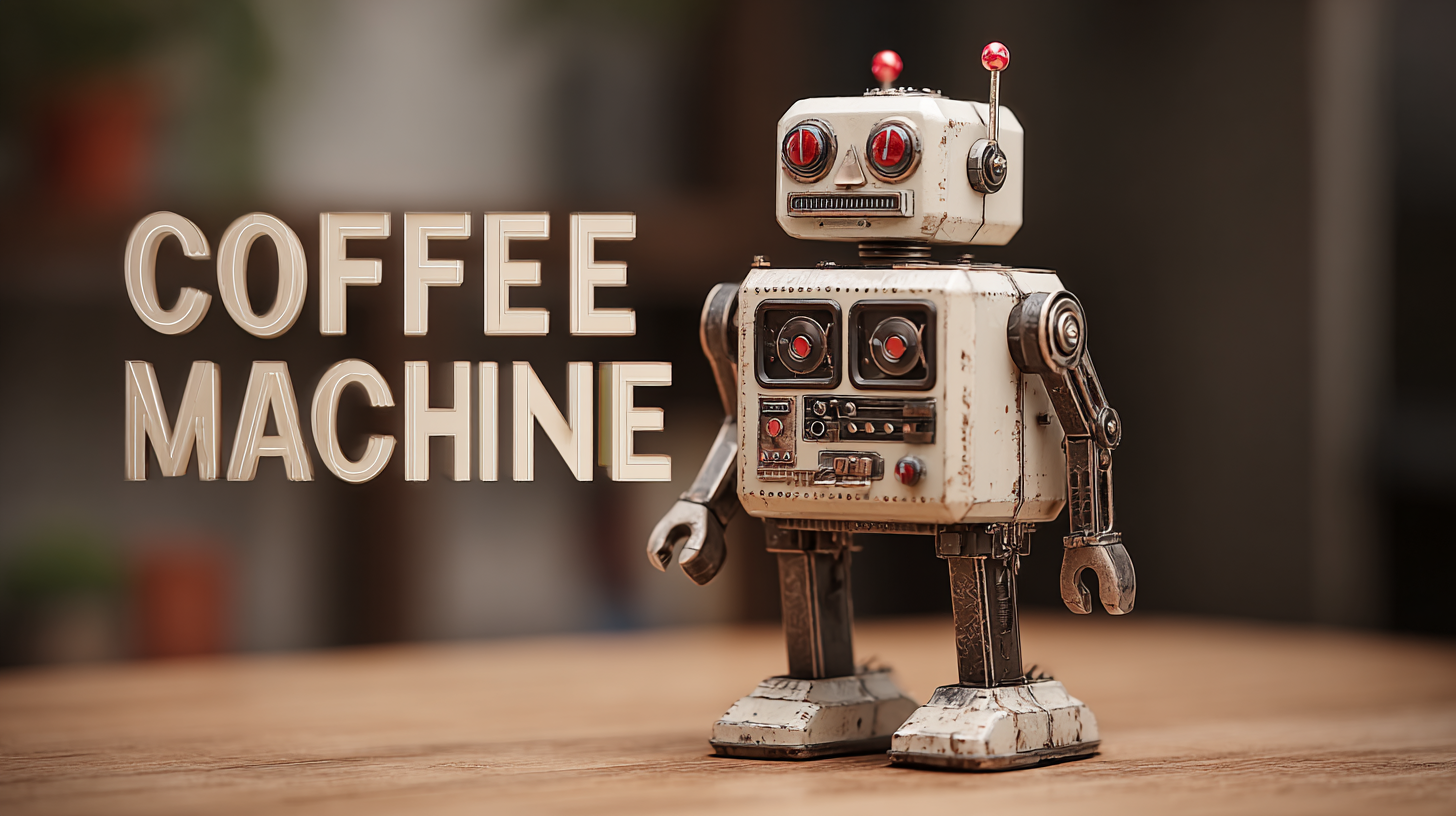As the coffee market continues to evolve, consumers are increasingly seeking innovative solutions to enhance their brewing experience, with the Coffee Machine Robot emerging as a popular choice. According to a study by the Specialty Coffee Association, over 60% of coffee enthusiasts prioritize convenience and efficiency in their brewing methods, leading to a growing demand for advanced coffee-making technologies. However, while the Coffee Machine Robot offers myriad benefits, including precision brewing and customizable settings, it is crucial to consider the associated after-sales service advantages and potential maintenance costs. Research indicates that nearly 30% of coffee machine owners encounter repair issues within the first two years, highlighting the importance of understanding the total cost of ownership. In this blog, we will explore unique alternatives to the Coffee Machine Robot that not only meet diverse brewing needs but also offer sustainable service solutions, ensuring a rich coffee experience without the hidden costs.

The coffee machine market is experiencing significant growth, projected to surpass $6.6 billion by 2024. This growth is largely driven by an increasing demand for specialty and gourmet coffee. Specifically, the commercial coffee machine segment alone is expected to reach over $5.5 billion by 2023, with a compound annual growth rate (CAGR) of around 6.2% from 2024 to 2032. This trend reflects a shift in consumer preferences towards high-quality coffee experiences, prompting innovative brewing methods and technologies beyond traditional machines.
As we explore unique alternatives to conventional coffee machines, the intelligent coffee machine segment stands out with a projected market value of $5.6 billion in 2024, climbing to an estimated $6.8 billion by 2033, showcasing a remarkable CAGR of 32%. These advancements indicate a growing consumer appreciation for the convenience and precision offered by automated brewing methods. Moreover, the robot coffee shop market is also on the rise, expected to grow from $80 million in 2022 to $350 million by 2030, with a staggering 20.4% CAGR between 2024 and 2030. This innovative fusion of technology and coffee crafting significantly enhances the brewing experience, catering to the evolving demands of coffee enthusiasts.
| Brewing Method | Description | Flavor Profile | Time Required | Difficulty Level |
|---|---|---|---|---|
| AeroPress | A portable brewing device that uses air pressure to extract coffee. | Rich, full-bodied | 2-3 minutes | Easy |
| French Press | Brews coffee by steeping coarse grounds in hot water and using a plunger. | Bold, aromatic | 4 minutes | Easy |
| Cold Brew | Coffee grounds steeped in cold water for an extended period. | Smooth, less acidic | 12-24 hours | Moderate |
| Pour Over | Hot water is manually poured over coffee grounds in a filter. | Clean, bright | 3-4 minutes | Intermediate |
| Siphon | Uses vapor pressure and vacuum to brew coffee, creating a theatrical experience. | Complex, nuanced | 6-10 minutes | Advanced |
The rise of coffee machine robots has captivated the attention of coffee enthusiasts and casual drinkers alike. These innovative devices promise a barista-like experience right in the comfort of our own kitchens. With features such as precision brewing, customizable settings, and even milk frothers, many consumers are drawn in by the allure of automated coffee-making. However, as the hype builds, it’s essential to consider whether these machines truly deliver on their promises or if they merely serve as a novelty for tech-savvy coffee lovers.
While the idea of a coffee machine robot might seem appealing, the reality often presents a mixed bag. Many users report that while these robots can produce a decent cup of coffee, they often fall short of the quality achieved through traditional brewing methods. Factors such as freshness of beans, water temperature, and brewing time are critical in crafting the perfect cup of coffee—elements that some automated machines struggle to replicate. As the market is flooded with options, discerning consumers may find that investing in a high-quality manual coffee maker, along with a good grinder, could yield better results without being tethered to a machine that may not fully understand their brewing preferences.
Manual brewing techniques are gaining popularity among coffee enthusiasts looking for a personalized coffee experience. With the rise of various brewing methods, such as pour-over, French press, and AeroPress, coffee lovers can explore unique flavors and aromas that automatic machines often overlook. Manual brewing not only allows for greater control over the brewing process but also encourages a deeper connection with each cup of coffee.
When experimenting with manual brewing, remember these tips: First, choose fresh, high-quality coffee beans to ensure optimal flavor extraction. Secondly, pay attention to water temperature; ideally, it should be between 195°F and 205°F to prevent bitterness. Lastly, practice your technique—timing and pouring style can dramatically affect the taste of your brew. As consumers continue to embrace coffee in their routines, these hands-on techniques can turn a simple cup into a delightful ritual.
Moreover, innovative products are emerging in the market that bridge the gap between manual and automated brewing. For instance, recent advancements in home coffee roasting introduce exciting possibilities, making it easier for enthusiasts to customize their beans before brewing. Exploring these manual techniques can enhance your coffee journey, transforming an everyday habit into a pleasurable experience that reflects your unique taste.
In recent years, the coffee industry has seen a growing demand for sustainable and eco-friendly brewing solutions. Traditional coffee machines often rely on electricity and disposable pods, contributing to environmental degradation. Fortunately, there are unique alternatives that not only enhance the coffee experience but also align with our commitment to sustainability. For instance, manual brewing methods, such as the French press or pour-over systems, require no electricity and significantly reduce waste by allowing users to customize their brewing process.

Moreover, eco-friendly coffee gadgets made from sustainable materials are gaining popularity among brew lovers. Products like bamboo coffee scoops, ceramic coffee drippers, and reusable stainless-steel filters are not only stylish but also serve as durable options that help minimize waste. Additionally, many brands are now focusing on sourcing ethically grown coffee beans, ensuring that sustainability is at the forefront of our coffee culture. By exploring these sustainable coffee solutions, enthusiasts can enjoy their daily brew while contributing to a healthier planet.
 China has significantly impacted the global coffee machine market, positioning itself as a leader in quality and innovation. With a blend of advanced technology and traditional craftsmanship, Chinese manufacturers are producing machines that meet diverse brewing needs. Whether you are a casual coffee drinker or a dedicated barista, the options are plentiful, allowing everyone to find the perfect fit for their brewing style.
China has significantly impacted the global coffee machine market, positioning itself as a leader in quality and innovation. With a blend of advanced technology and traditional craftsmanship, Chinese manufacturers are producing machines that meet diverse brewing needs. Whether you are a casual coffee drinker or a dedicated barista, the options are plentiful, allowing everyone to find the perfect fit for their brewing style.
When choosing a coffee machine, consider the features that matter most to you. For instance, if you prefer convenience, look for machines with programable settings that allow you to customize your brewing time and strength. Additionally, pay attention to machine maintenance; some models offer easy cleaning cycles, which can save you time and ensure consistent flavor in every cup.
Lastly, don't overlook the importance of customer reviews and product warranties. Reliable feedback can guide you to a model that meets your expectations and provides service longevity. Investing in a coffee machine from a reputable Chinese manufacturer can mean not only exceptional brewing experiences but also long-term satisfaction with your purchase.